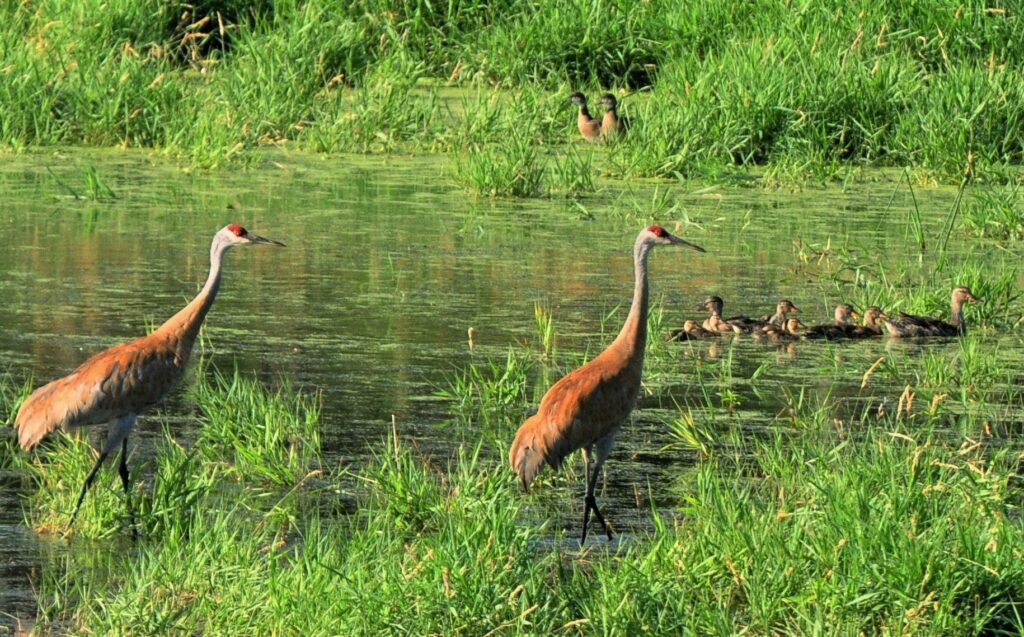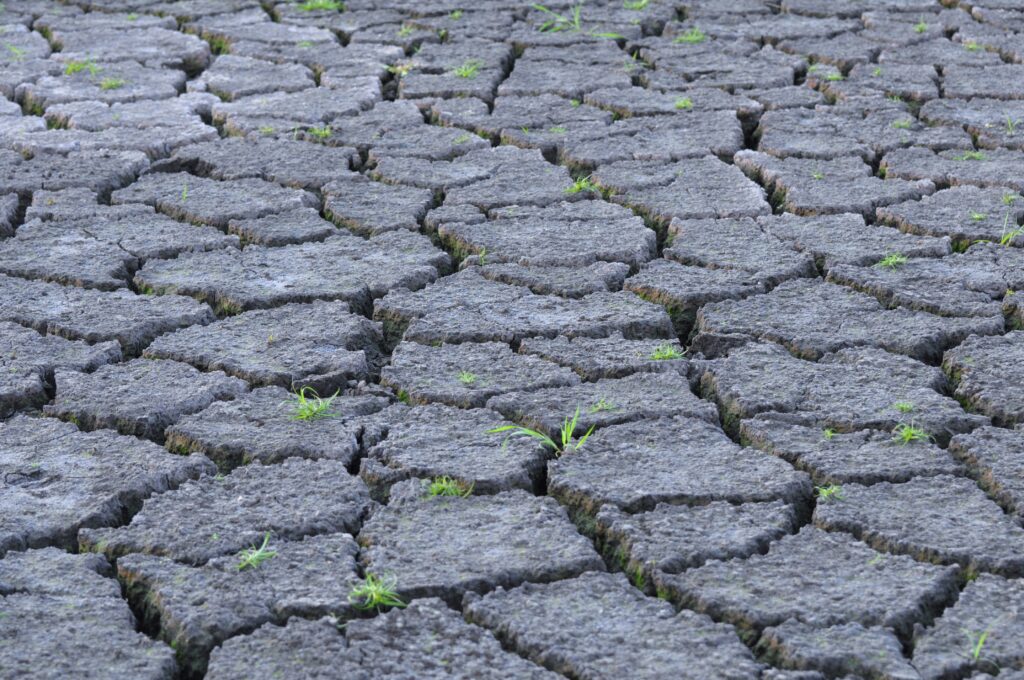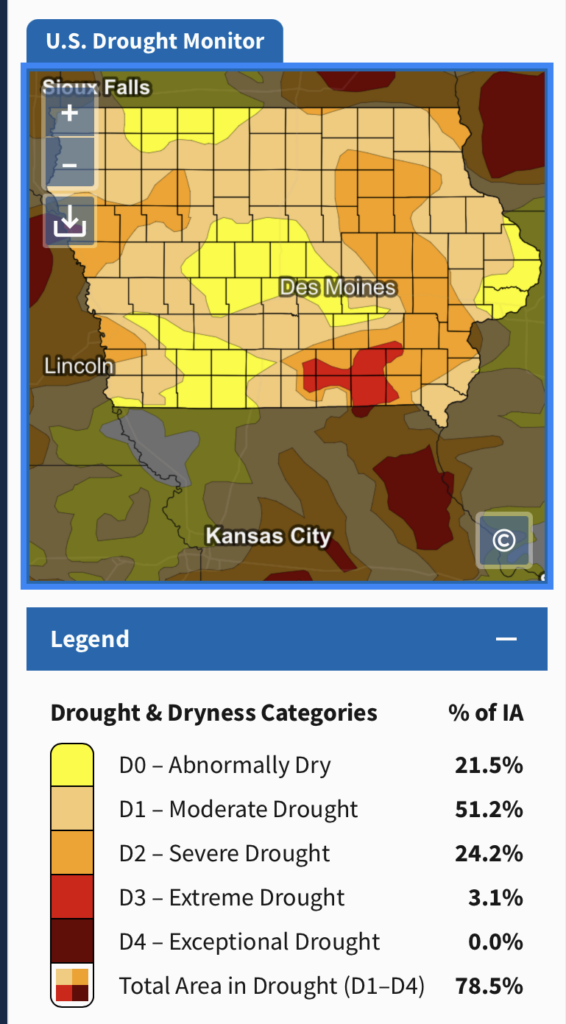Photography courtesy of Lowell Washburn, all rights reserved.
Iowa’s fall waterfowl seasons are coming up fast. The first segment of this year’s duck season begins September 1st with a statewide 16-day teal hunt. The early segment of the [North Zone] goose season commences September 23.
For many species of migratory waterfowl, Iowa marks the halfway point between spring nesting and southern wintering grounds. When, where, and if those birds will visit our favorite wetlands on their way South will largely depend on flyway-wide habitat conditions, developing weather patterns, and upon the whims of the birds themselves. Speculative at best, the prediction of future migration patterns and upcoming hunter success is somewhat less than an exact science. This year, the uncertainties are even greater than usual.

Many of the ducks traveling down the Mississippi Flyway each autumn originate from the wetlands of southern Saskatchewan and Manitoba. Although dry habitat conditions on the southern prairies had improved during early spring, those conditions deteriorated during the critical nesting months of May and June. Abnormally warm and dry weather continued through July, with Canada’s prairie region receiving less than 40 percent of its normal rainfall. According to Agriculture Canada’s Canadian Drought Monitor, nearly 70 percent of the prairie region is currently categorized as abnormally dry or in drought condition. In Saskatchewan, drought-stricken hay yields were so low that producers are considering selling off their livestock.

In Iowa, we are recording the 20th driest year [January through July] since record keeping began in 1895. A total of 78.5 % of Iowa is currently in drought with the remainder of the state classified as abnormally dry, according to the U.S. Drought Monitor. Wetland conditions are all over the chart. In northwest and northcentral Iowa’s 35-county prairie pothole region, water levels on small to medium-sized marshlands range from low to very low to bone dry. Some pleasant exceptions to this trend are wetlands that received isolated, but substantial, rainfall events during mid-summer. Beginning the year with water levels measuring near or at crest level, many of the state’s larger [public] marshes remain in surprisingly good condition and will provide significant stopovers for southbound waterfowl.

Although this year’s habitat picture is far from glamorous, a single significant weather event could still turn things around. We’ve seen the pendulum swing before when a hard, three or four-inch gully washer rapidly recharged parched wetlands. But while we’re all waiting for that to happen, September teal hunters would be well advised to scout out their favorite hotspots well in advance of Opening Day. Unless local conditions improve, your favorite pothole might be covered in sunbaked mud instead of water and ducks.


 Susan Judkins Josten
Susan Judkins Josten Rudi Roeslein
Rudi Roeslein Elyssa McFarland
Elyssa McFarland Mark Langgin
Mark Langgin Adam Janke
Adam Janke Joe Henry
Joe Henry Sue Wilkinson
Sue Wilkinson Tom Cope
Tom Cope Kristin Ashenbrenner
Kristin Ashenbrenner Joe Wilkinson
Joe Wilkinson Dr. Tammy Mildenstein
Dr. Tammy Mildenstein Sean McMahon
Sean McMahon